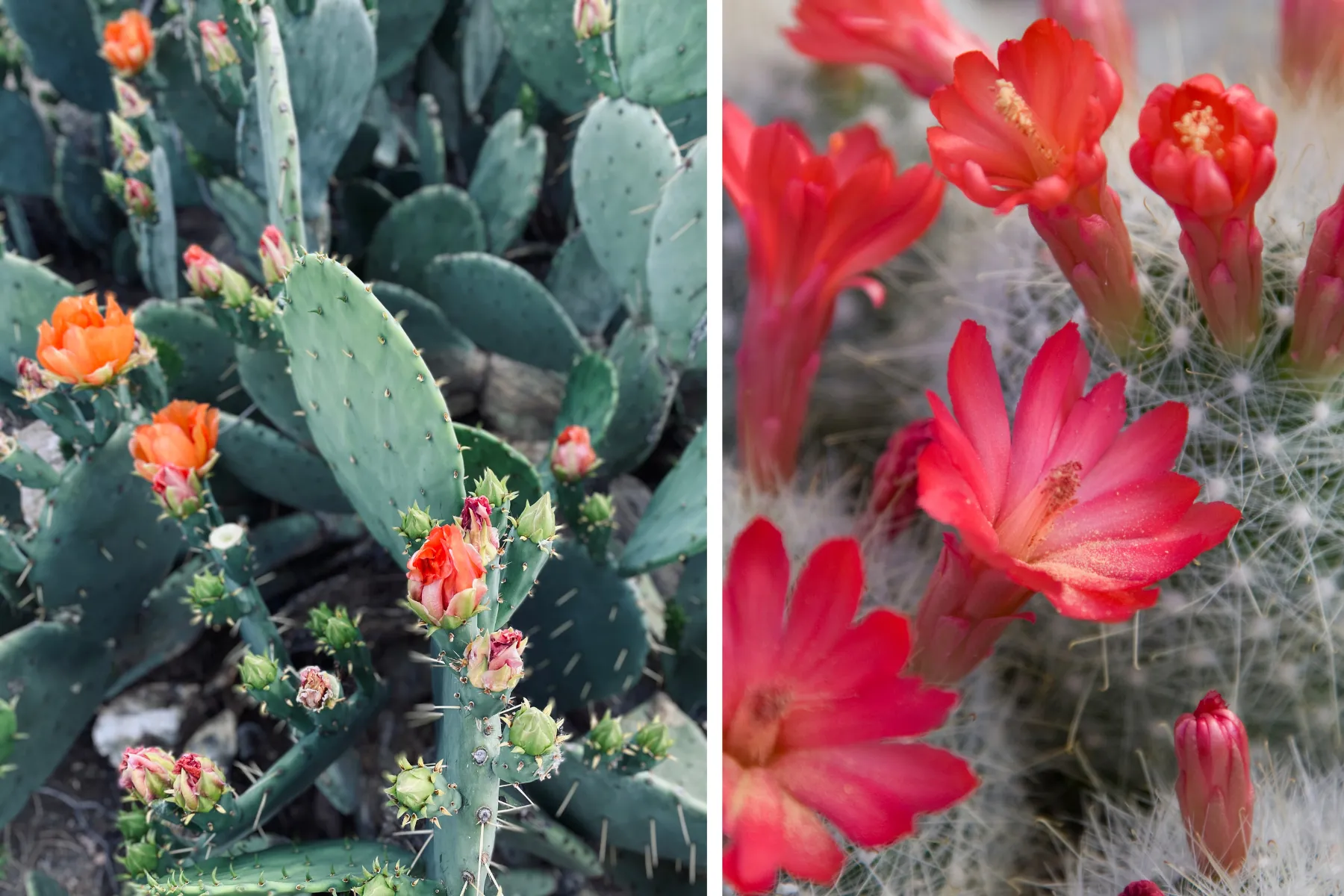Every autumn, trees across northern Arizona shed their leaves in preparation for a season of rest and renewal. This vibrant display of change offers a valuable lesson we can apply to how we design our workspaces.
Biophilic design learns from nature’s wisdom to create harmony between humans and the natural world. By integrating indoor plants and other natural elements into our spaces, we build environments that reflect nature’s balance and adaptability. As autumn arrives, aligning our design philosophy can foster a sense of balance, groundedness, and openness to change that benefits the whole work culture.
In this article, we’ll explore why syncing with nature’s cycles creates healthier, more resilient workplaces, and how indoor plants remain at the heart of that connection.

Why do leaves change color in the fall?
Every leaf contains a pigment called chlorophyll, a pigment that absorbs sunlight and transforms it into energy. As the air gets colder and days get shorter, trees begin to conserve energy and chlorophyll starts to break down. As it does, the green pigment fades to reveal other hues across the color spectrum. This transformation gives us the striking yet fleeting beauty of autumn before the leaves drop for winter.
Just like the trees, indoor plants also respond to seasonal shifts. They may slow their growth, need less water, or adjust to changing light levels. Working with horticulturists who understand and support these natural cycles is key to maintaining healthy indoor office plants, and by extension, healthy work environments.

Our bodies respond to nature’s clock
Modern science confirms what many ancient traditions have always known: humans are biologically and emotionally attuned to nature’s cycles. Recent research published by Nature Communications found that when our circadian rhythms fall out of sync with the natural day-to-night light cycle, our risk of disease increases. And that’s just within a 24-hour cycle.
Bigger seasonal shifts have profound effects on our energy, mood, hormone levels, and cognitive function: one study published by the Proceedings of the National Academy of Sciences found that performance on a working memory task peaks around the autumn equinox.

Designing workspaces that mirror these natural cycles helps us stay in harmony with them and supports holistic well-being. For our physical health, incorporating indoor plants for the office improves air quality, reduces stress, and boosts immunity. For our mental health, indoor plants (especially species that respond beautifully to seasonal changes) encourage a deeper connection to our environment, helping employees feel more balanced, energized, and inspired year-round.
Bring autumn’s energy into the office
When an office reflects the seasons through light, texture, and color, it naturally feels more alive and adaptive. Autumn, in particular, is a reminder to slow down and reflect. Bringing these seasonal cues into your workspace can encourage calm, focus, and connection.
- Rotate indoor plants seasonally to reflect cycles of growth, dormancy, and renewal. This keeps the environment dynamic and models adaptability for your team.
- Maximize natural light and let autumn’s golden glow warm your workspace.
- Design restorative zones where employees can pause and reset: corners with comfortable seating, soft indoor plants, and gentle lighting that invites regeneration throughout the workday.
- Consider color psychology and incorporate autumn’s palette through strategic indoor plant choices like red poinsettias or multicolored crotons.
- Engage multiple senses with autumn’s aromatic indoor plants: herbs like rosemary and sage are perfect. Vibrant smells stimulate creativity while creating an environment people look forward to being in.

Seasonal indoor plants build workplace resilience
Resilient environments support resilient people. When organizations mirror nature’s ability to evolve, they become more sustainable – environmentally and culturally. Filled with thriving indoor plants, a workplace communicates that the company values growth and care.
Businesses that design their workspaces with indoor office plants and natural materials see measurable results: lower stress, reduced turnover, stronger collaboration, and higher creativity. It’s one of the reasons we provide indoor winter plants, specifically anthuriums, to our clients in late fall and early winter. Bursts of changing color have a positive residual effect on everyone in the area.
Our team would love to help make your workplace as balanced and fulfilling as possible so your team feels grounded and ready for whatever the next season brings. If you’re interested in leasing indoor office plants throughout the seasons, or Plant Walls and MossWallArt™ that make seasonal indoor plant design even more immersive, we’d love to get in touch.
Let’s add color and resilience to your office this winter.
Get in touch to find the perfect indoor plant solution for your space.
